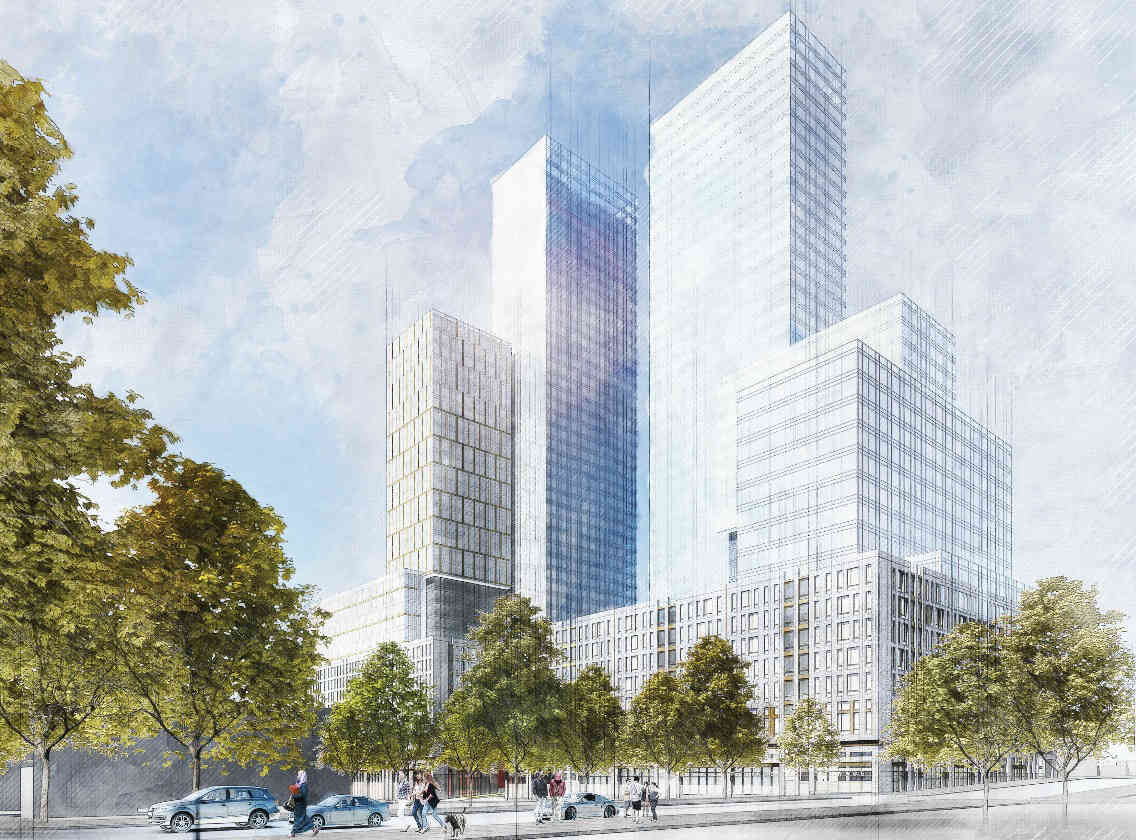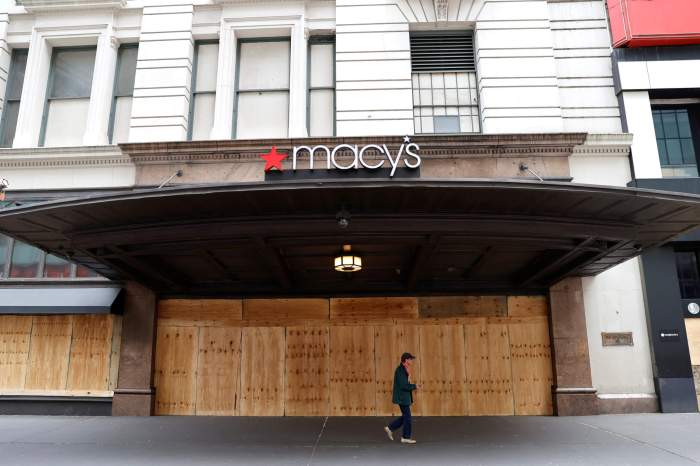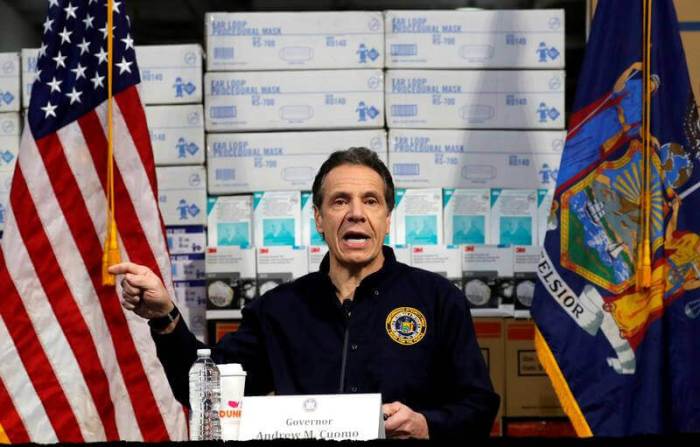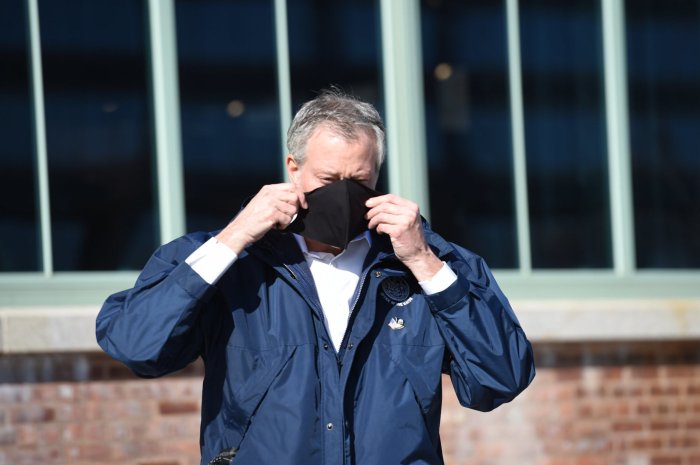Now he’s a gardener too!
Mayor Bill de Blasio undermined the expert opinion of professional green thumbs, architects, and executives at Brooklyn Botanic Garden during an appearance on the Brian Lehrer show on Feb. 7, when he suggested that building a massive residential complex a stones throw away from the beloved horticultural museum would cause no serious injury to its collection of rare and exotic plants.
“I don’t think it ruins the garden forever, I just don’t,” Hizzoner said.
Garden stewards have maintained a firm opposition to the proposed megadevelopment at 960 Franklin Ave. — a mixed-use complex containing 1,578 residential units, half of which would be offered at so-called “affordable” rates — since the project was unveiled in 2018, with executives fearing the destruction of plant life as a result of shadows cast by the development’s 39-story towers.
Their concerns are supported by shadow studies conducted by two architectural firms at the behest of local anti-gentrification advocates, which demonstrated that the towers would subject critical areas within the garden — including the Steinhardt Conservatory, home to 18,500 plants — to hours of additional gloom per day.
But the most damning testimony against the development came during a hearing of the City Planning Commission in March, 2019, when Rowan Blaik, director of living collections at Brooklyn Botanic Garden, stated that shadows cast by 960 Franklin Ave. would radically undermine Brooklyn Botanic’s ability to breed new plants, effectively destroying the garden within a matter of years.
“Should we lose propagation growing facilities, more than half of our collection will be gone in a decade,” Blaik testified. “There are simply no commercial alternatives to on-site propagation facilities for botanic gardens.”
The mayor has shied away from weighing in on a rezoning application that developer Continuum Company needs to erect the massive complex until last week, when a caller asked the city’s lame duck leader if he would support the construction of roughly 800 subsidized housing units at the expense of Kings County’s cherished attraction.
“We’ve got to come to grips with, if we want this to be a city for everyone, including working people and low-income people we’re going to have to build some things where people can actually live and afford,” de Blasio said.
Botanic Garden reps shot back, arguing that housing should not come at the expense of the garden’s survival.
“Protecting BBG’s greenhouses, nurseries, and conservatories is crucial for preserving BBG’s collections and community programs,” said Elizabeth Reina-Longoria, a spokesperson for the greenspace. “The very real need for affordable housing in New York City should not come at the expense of one of Brooklyn’s most vital community assets.”
The mayor voiced his support for the project as he struggles to fulfill a campaign promise to build 300,000 units of affordable housing before 2026. With only two years left in his final term, his administration has presided over the creation of less than 148,000 subsidized apartments, according to a Curbed report.
Continuum’s rezoning application would further undermine a seven-story height cap affecting a 13-block area directly east of the garden — the product of a historic 1991 downzoning instituted specifically to protect Brooklyn Botanic from the shadow of large buildings — and follows the successful upzoning of properties at 40 Crown and 931 Carroll streets, where developers Cornell Realty and Carmel Partners plan to erect two 16-story towers.
Before construction can begin on that development, however, attorneys for the developers will have to overcome a legal challenge brought by local activists, who argue that Cornell Realty failed to conduct an adequate environmental review of the project before submitting their rezoning application.






















